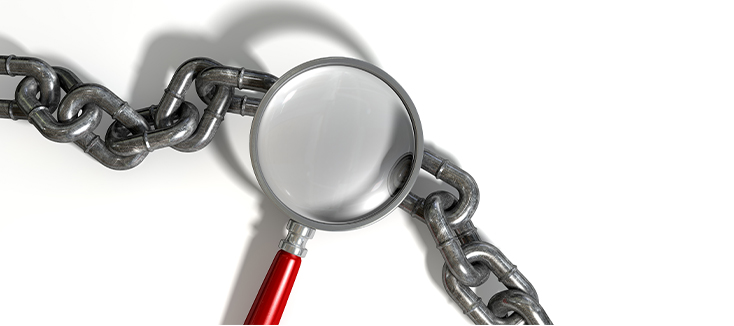Properly cleaning and caring for transesophageal echocardiogram (TEE) ultrasound probes is a monumental task. For those who handle these devices daily, it is possible to lose sight of the importance of what they do when they reprocess a TEE probe. Associated with this responsibility are significant hazards. The cleaning step can be such an involved and complicated process that steps may be overlooked or improperly carried out. If this happens, there can be very serious and even deadly consequences.
ECRI, one of the largest independent non-profit healthcare quality and safety entities in the world, puts out a technology hazards report every year to highlight what they believe are some of the largest issues in the healthcare industry surrounding medical devices and technology.
ECRI's Top 10 Health Technology Hazards for 2018 outlined two areas of concern which are closely tied to probe reprocessing.
The first is regarding endoscope reprocessing failures and how they expose patients to risk of infection. While endoscopes are not TEE probes, they are very similar and the consequences of improper reprocessing are also alike.
Because the cleaning step is often carried out manually, there is a lot of room for error when reprocessing probes. If probes are not fully and properly cleaned of all soil and debris before high-level disinfection, "residual soil can harden, making subsequent disinfection ineffective."
This hardened soil, called biofilm, poses numerous risks to patients, the TEE probe, and the healthcare facility. Biofilm can harbor dangerous bacteria and infect subsequent patients. Because biofilm is so difficult to remove from a surface once it has developed, it can mean that if a probe's insertion tube has biofilm on it, the probe may need repairs to be fully usable again. As a result of these hazards, the facility may be responsible for the cost of causing an HAI or the cost of replacing a very expensive TEE ultrasound probe.
The second area of concern ECRI outlined is about how improperly cleaned medical equipment can lead to device malfunction.
Several factors need to be carefully monitored when cleaning a TEE probe, namely, cleaning solution, concentration, contact time, and temperature. Using the wrong cleaning solution can have adverse effects on a TEE probe's shaft, leading to deterioration or other damage. The same can occur if using the correct solution, but at too high of a concentration, too high of a temperature, or leaving the probe in the solution for too long. The damage caused by such events can often be imperceptible, leading to device malfunctions and other hazards for patients and the device itself.
When manually cleaning a probe, the person responsible must be extremely careful to produce and maintain the requirements for proper cleaning perfectly every time or risk damage to the probe or the health of the patient. This creates a big risk for the facility and places an undue burden on staff who are already stretched thin.
The best way to mitigate the risks associated with the cleaning of these medical devices is to fully automate the step. The Society of Diagnostic Medical Sonography (SDMS) encourages facilities to automate processes wherever possible by explaining, "Automated processes are preferable due to the reduced risk of operator error." By automating the cleaning step, you ensure that the correct parameters for cleaning will be met each and every time. This protects patient health, protects the facility from unnecessary financial burden, and frees up staff members to attend to more pressing tasks.
Innovative devices such as TEEClean® Automated TEE Probe Cleaner Disinfector are helping set new standards for patient and device care. After a TEE probe has been bedside cleaned, or pre-cleaned, it can simply be placed into TEEClean and cleaning, rinsing, and high-level disinfection will be carried out in a matter of minutes. Automating the cleaning step at your facility is one simple way to mitigate the risks associated with that step and provide patients with the highest standard of care.


